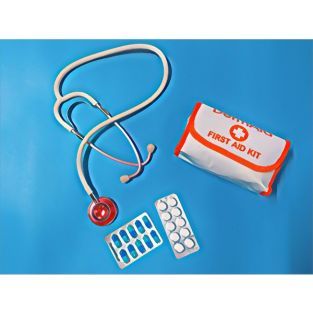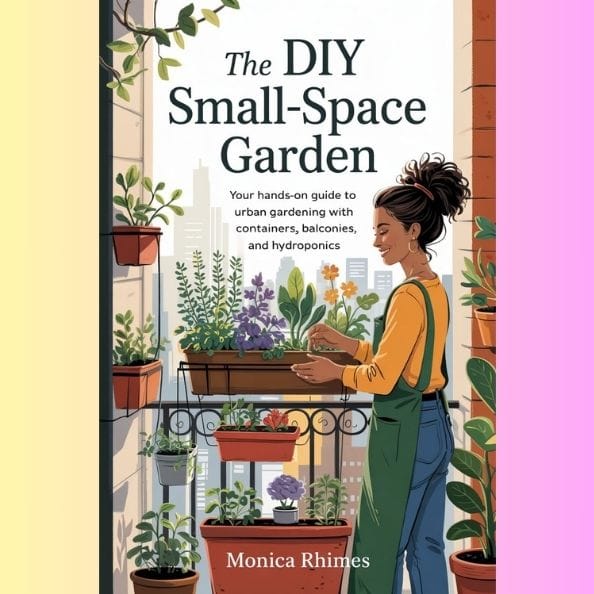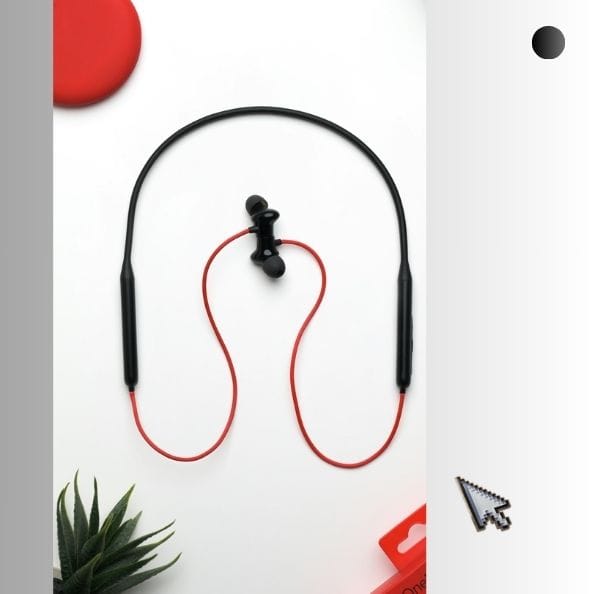Say Goodbye to Cuts and Scrapes
Welcome to our basic guide, a series of short posts on quick and easy home remedies for common minor injuries!
In this first post, we are focusing on cuts & scrapes and how to effectively heal them at home. 🏠🌿
[*** Our second article is on dealing with blisters.***]
Accidents happen, and it's essential to have a few simple yet effective remedies on hand to address those everyday mishaps. Whether it's a small cut, a blister, or a sprained joint, there are easy solutions that can help alleviate discomfort and promote healing.

When assembling a first aid kit at home, it's important to include a range of readily available items, ingredients, and techniques to handle various minor injuries. Here are some suggestions:
Adhesive bandages: Stock up on adhesive bandages in various sizes to cover small cuts, scrapes, and blisters.
Elastic bandages: These are useful for providing support and compression for sprains, strains, or joint injuries.
Sterile gauze pads: These are useful for larger wounds that require extra absorbency and protection.
Antiseptic wipes or solution: Include antiseptic wipes or a bottle of antiseptic solution, such as hydrogen peroxide or rubbing alcohol, to clean wounds and prevent infection.
Antibiotic ointment: Apply antibiotic ointment, like Neosporin, to promote healing and prevent infection.
Pain relievers: Keep over-the-counter pain relievers, such as acetaminophen or ibuprofen, to alleviate pain and reduce inflammation.
Tweezers: Use tweezers to remove splinters or debris from the skin.
Medical tape: Secure dressings in place with medical tape.
Thermometer: A digital thermometer allows you to monitor body temperature accurately.
Disposable gloves: It's essential to protect yourself from potential contamination, so include disposable gloves in your first aid kit.
Scissors: Keep a pair of scissors handy for cutting tapes or dressings.
Instant cold packs: These are handy for reducing swelling and relieving pain from sprains, strains, or bumps.
Antiseptic solution: This helps clean wounds and prevent infection.
Antihistamines: These can help manage allergic reactions or relieve symptoms of minor allergic conditions.
Calamine lotion: Calamine lotion can provide relief from itching caused by insect bites or rashes.
Aloe vera gel: Aloe vera gel is soothing and can be applied to minor burns or sunburns.
*Remember to periodically check and replenish your first aid kit to ensure that all items are up-to-date and in good condition.
**Additionally, familiarize yourself with basic first aid procedures or consider taking a first aid course to enhance your knowledge and confidence in handling minor injuries at home.
The medical supplies and items mentioned above are useful for treating various common minor injuries like ...

- Cuts and scrapes: Adhesive bandages, antiseptic solution, sterile gauze pads, and medical tape can be used to clean and dress wounds.
- Blisters: Adhesive bandages can help protect and cushion blisters.
- Sprains and strains: Elastic bandages can provide support and compression for these injuries.
- Splinters: Tweezers can be used to remove splinters from the skin.
- Minor burns: Sterile gauze pads and antiseptic solution can be used to clean and dress minor burns.
- Minor joint injuries: Elastic bandages can help provide support and stability for sprained or strained joints.
Treating minor cuts and scrapes is basic in a first aid course. In case you need a refresher ...
Here's a detailed step-by-step description of how to best treat minor cuts and scrapes at home:
- Wash your hands: Before attending to the wound, make sure to wash your hands thoroughly with soap and water to minimize the risk of introducing any bacteria.
- Clean the wound: Gently rinse the cut or scrape under cool running water to remove any dirt, debris, or bacteria. Avoid using harsh soaps or disinfectants as they can irritate the wound.
- Apply gentle pressure: If the cut is actively bleeding, use a clean cloth or sterile gauze pad to apply gentle pressure to the wound. Maintain this pressure for a few minutes until the bleeding stops.
- Use an antiseptic solution: Once the bleeding has stopped, you can apply an antiseptic solution, such as hydrogen peroxide or rubbing alcohol, to the wound. This helps kill bacteria and reduce the risk of infection. Pour a small amount onto a clean cotton pad and gently dab the wound.
- Dress the wound: To protect the cut or scrape from further contamination, cover it with a sterile adhesive bandage or sterile gauze pad. Ensure the dressing is large enough to fully cover the wound and secure it in place with medical tape.
- Change the dressing: Regularly check the wound for signs of infection, such as increased redness, swelling, or pus. Change the dressing at least once a day or if it becomes wet or dirty. Remember to wash your hands before and after changing the dressing.
- Keep the area clean and dry: Throughout the healing process, it's important to keep the wound clean and dry. Avoid exposing it to excessive moisture, such as swimming or submerging it in water, as this can delay healing and increase the risk of infection.
- Monitor for signs of infection: While most minor cuts and scrapes heal without complications, it's crucial to monitor for any signs of infection. If the wound becomes increasingly painful, swollen, warm to the touch, or there is an unusual discharge, seek medical attention as these may indicate an infection.
*Please note that these steps are intended for minor cuts and scrapes. If you experience a deeper or more severe wound, excessive bleeding, or any concerns about your injury, it is recommended to seek professional medical assistance.
Remember, it's always a good idea to consult with a healthcare professional for personalized advice on the medical supplies that would be most appropriate for your specific needs.
The Takeaway
Having knowledge of quick and easy home remedies for common minor injuries is valuable in promoting self-care and reducing the reliance on medical intervention for every small mishap.
By incorporating these remedies into your first aid kit, you can effectively address cuts, scrapes, and other minor injuries in a timely manner.
Always remember though that while these remedies can be effective for many situations, it's important to assess the severity of an injury and seek professional medical advice if needed.
With these simple yet effective remedies at your disposal, you'll be well-prepared to handle minor injuries and promote healing in the comfort of your own home.
Or, take a quick peek into a reference source that you can have beside you at home, click here for information on the Home Doctor.
Stay safe and take care!
Thanks for stopping by and reading along with us ... hope you stop by for the next post!
[*** Our second article is on dealing with blisters.***]
Disclaimer. When you purchase through links on our site, we may earn an affiliate commission (that's how we stay in business). FirstFewFinds may use affiliate links to products and services on retailer sites for which we can receive compensation if you click on those links or make purchases through them. We hope you find the list of our first few finds useful and helpful. Each product on our list has been carefully chosen by our writers and all opinions are our own. Check your choices and enjoy finding exactly what you need!
Sources:
- Red Cross: Anatomy of a First Aid Kit - https://www.redcross.org/get-help/how-to-prepare-for-emergencies/anatomy-of-a-first-aid-kit.html
- Safewise: Essentials for Your DIY First Aid Kit - https://www.safewise.com/blog/essentials-diy-first-aid-kit/
- Mayo Clinic: First-aid kits: Stock supplies that can save lives - https://www.mayoclinic.org/first-aid/first-aid-kits/basics/art-20056673








